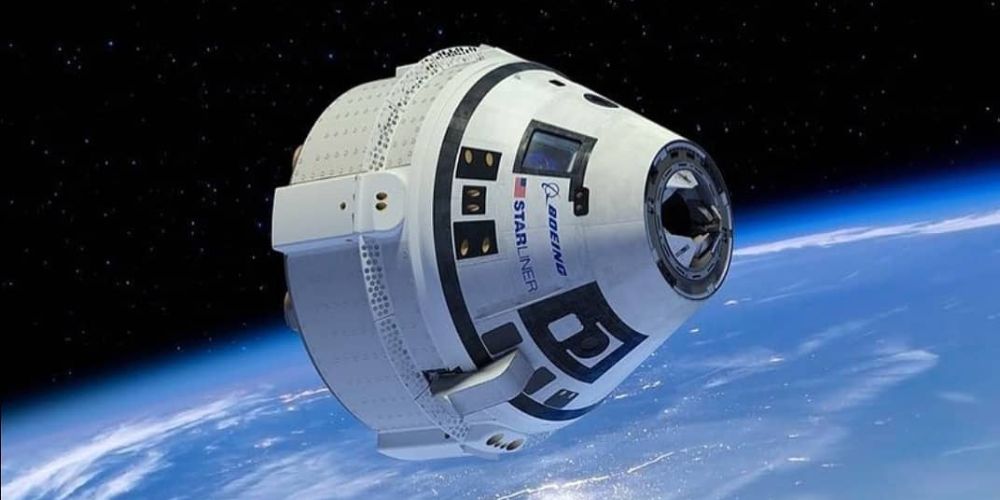
NASA Brings Starliner Spacecraft Back to Earth Without Crew

In a significant development for the space industry, NASA has announced its decision to bring Boeing’s Starliner spacecraft back to Earth without any astronauts on board. This unexpected turn of events comes as part of NASA’s ongoing efforts to ensure the highest levels of safety in its space missions.
The Starliner’s Journey
The Starliner, Boeing’s contribution to NASA’s Commercial Crew Program, has been a subject of intense scrutiny and testing since its launch. Initially designed to transport astronauts to and from the International Space Station (ISS), the spacecraft has faced several challenges along its developmental path.
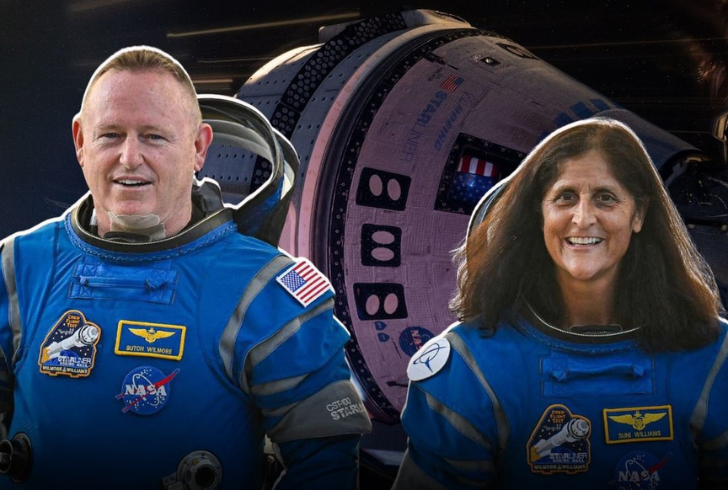
Instagram | trolls_official | Butch Wilmore and Sunita Williams will remain on the ISS until February 2025 with Expedition 71/72.
Unexpected Issues and Safety Concerns
During its approach to the ISS on June 6, the Starliner encountered helium leaks and problems with its reaction control thrusters. These issues prompted NASA and Boeing to conduct extensive reviews and analyses to ensure the spacecraft’s safety and reliability.
- Engineering teams collected and reviewed vast amounts of data
- Flight and ground testing were carried out
- Independent reviews with agency propulsion experts were conducted
- Various return contingency plans were developed
Despite these efforts, the level of uncertainty surrounding the Starliner’s performance did not meet NASA’s stringent safety and performance requirements for human spaceflight.
A Tough but Necessary Decision
NASA Administrator Bill Nelson emphasized the agency’s commitment to safety in explaining the decision:
“Space exploration carries inherent risks, even at its most routine. Test flights, by their very nature, are neither safe nor routine. The choice to keep our astronauts aboard the ISS and return the Starliner uncrewed reflects our unwavering dedication to safety – the cornerstone of our mission and our guiding principle.”
Extended Stay on the ISS
Astronauts Butch Wilmore and Suni Williams, who were originally slated to return aboard the Starliner, will now extend their stay on the ISS. They’ll continue their work as part of the Expedition 71/72 crew through February 2025, contributing to various research projects and maintenance tasks.
New Return Plans
- Wilmore and Williams will return on a SpaceX Dragon spacecraft
- They’ll be part of the Crew-9 mission, along with two other crew members
- The Starliner is expected to depart from the ISS and make an autonomous re-entry in early September
Learning from the Starliner’s Performance
While the uncrewed return wasn’t part of the original plan, NASA sees it as an opportunity to gather valuable data. Steve Stich, manager of NASA’s Commercial Crew Program, noted:
“The Starliner has demonstrated its capabilities, but we need a higher degree of certainty for a crewed return. This flight test is providing crucial information about the spacecraft’s performance in space, which will greatly benefit future improvements.”
SpaceX Crew-9 and Future Missions
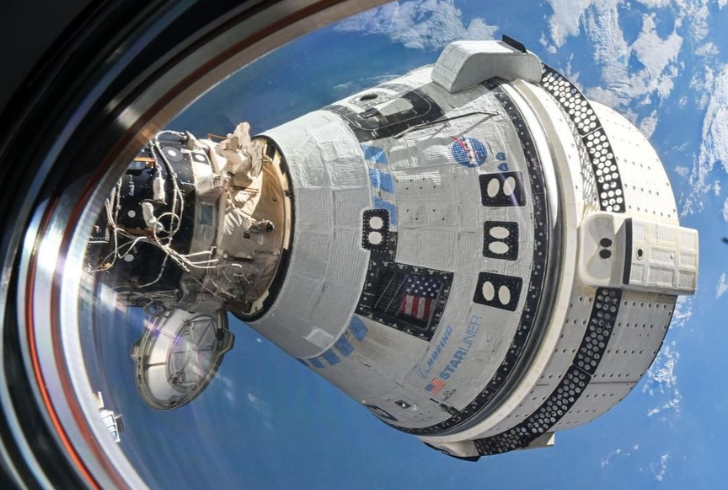
Instagram | davidkerleydc | Starliner’s safe return is essential for the upcoming Crew-9 mission.
With the change in plans for the Starliner, NASA has adjusted its schedule for upcoming missions:
1. SpaceX Crew-9 mission launch date – No earlier than September 24
2. NASA and SpaceX are working on:
- Reconfiguring seats on the Crew-9 Dragon
- Adjusting the manifest to accommodate additional cargo and equipment
- Utilizing new facilities at Space Launch Complex-40 for increased operational flexibility
Advancing Space Exploration
The Starliner’s journey, despite its challenges, is part of a larger effort to expand human presence in space. NASA’s Commercial Crew Program aims to foster a robust low Earth orbit economy while the agency focuses on its Artemis campaign to return humans to the Moon and prepare for future Mars exploration.
As we continue to push the boundaries of space exploration, the lessons learned from missions like the Starliner’s will prove invaluable in ensuring safe and reliable human spaceflight for generations to come.
More in News
-
`
20 Silly Old-people Jokes That Will Make Your Aging Funnier
Aging is inevitable. But that doesn’t mean it can’t laugh. Embracing the lighter side of getting older can make the journey...
June 5, 2024 -
`
Hotel Worker Strike at Virgin Hotels Las Vegas Ends, Negotiations Resume
Nevada’s largest labor union, the Culinary Union Local 226, has emerged victorious after a strategic 48-hour hotel worker strike at Virgin...
May 29, 2024 -
`
Everything You Need to Know About Kevin Hart’s Parents
Kevin Hart, one of today’s most prominent comedians, has a story rooted in humble beginnings and profound family influence. Born the...
May 21, 2024 -
`
6 Compelling Reasons Why You Should Drive Slower At Night
Driving at night might offer the solace of quiet roads and a cooler breeze, but it also brings a unique set...
May 17, 2024 -
`
Is Tipping Your Plumber Expected or Appropriate? Some General Tipping Guidelines
Do you tip plumbers? It is a question many of us find ourselves pondering after a job well done. Tipping culture...
May 11, 2024 -
`
Florida Woman Jailed for One Month Over Ashley Biden’s Diary Theft
In a case that caught the nation’s attention, the story of the theft of Ashley Biden’s diary unfolded like a gripping...
April 30, 2024 -
`
Are Ryan Palmer & Arnold Palmer Related?
Is Ryan Palmer related to Arnold Palmer? This question has intrigued many fans of professional golf, given the shared last name...
April 23, 2024 -
`
10 Easy Home Hacks That Will Make Your Life Much Easier Than You Might Think
Using Mason Jars For Storage is One of the Most Creative Home Hacks! Kicking off our list of home hacks, let’s...
April 16, 2024 -
`
Donald Trump Legal News: Are the Biggest Legal Challenges Yet to Come?
In the whirlwind world of Donald Trump legal news, the former U.S. President is bracing for what could be one of...
April 1, 2024


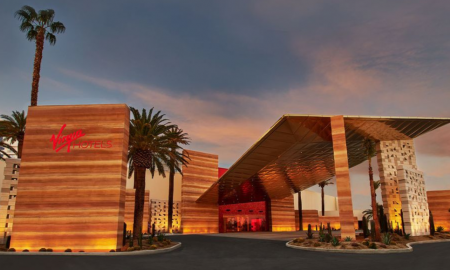


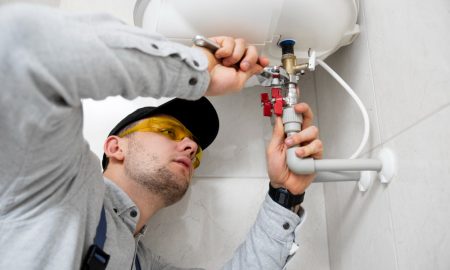
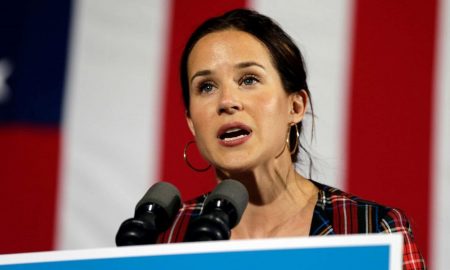




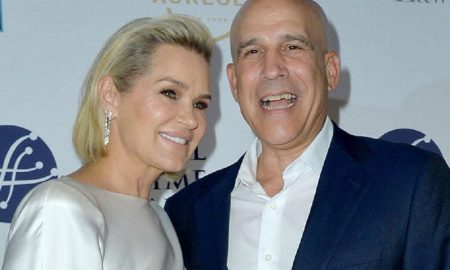
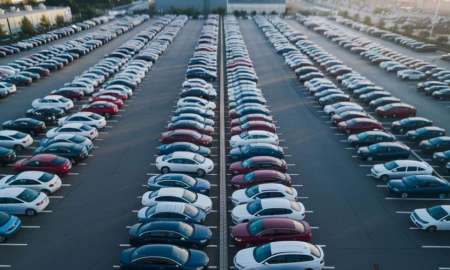


You must be logged in to post a comment Login